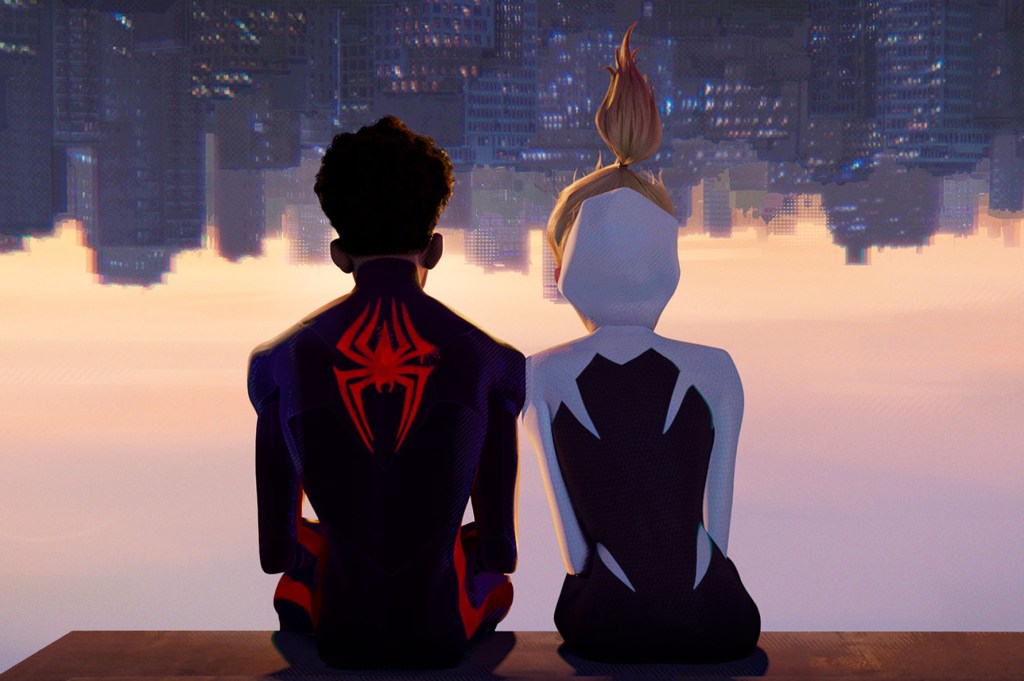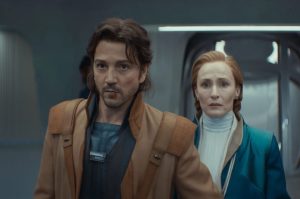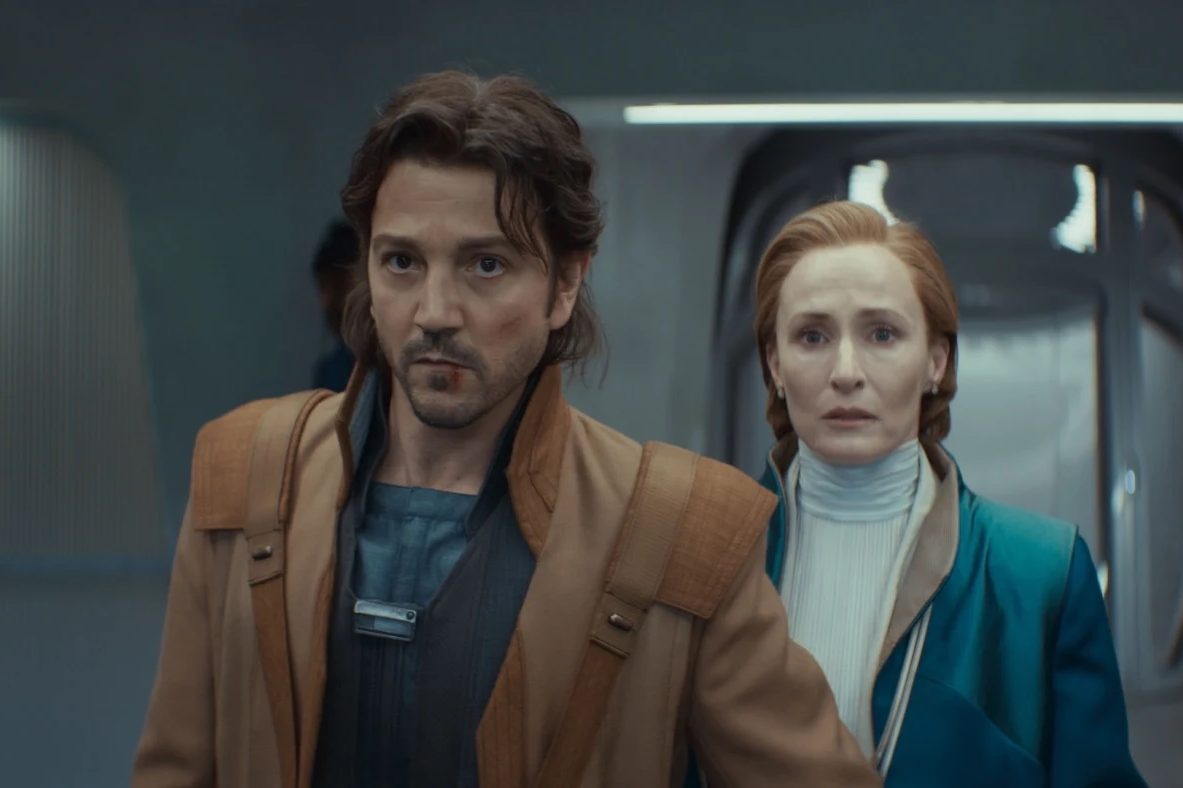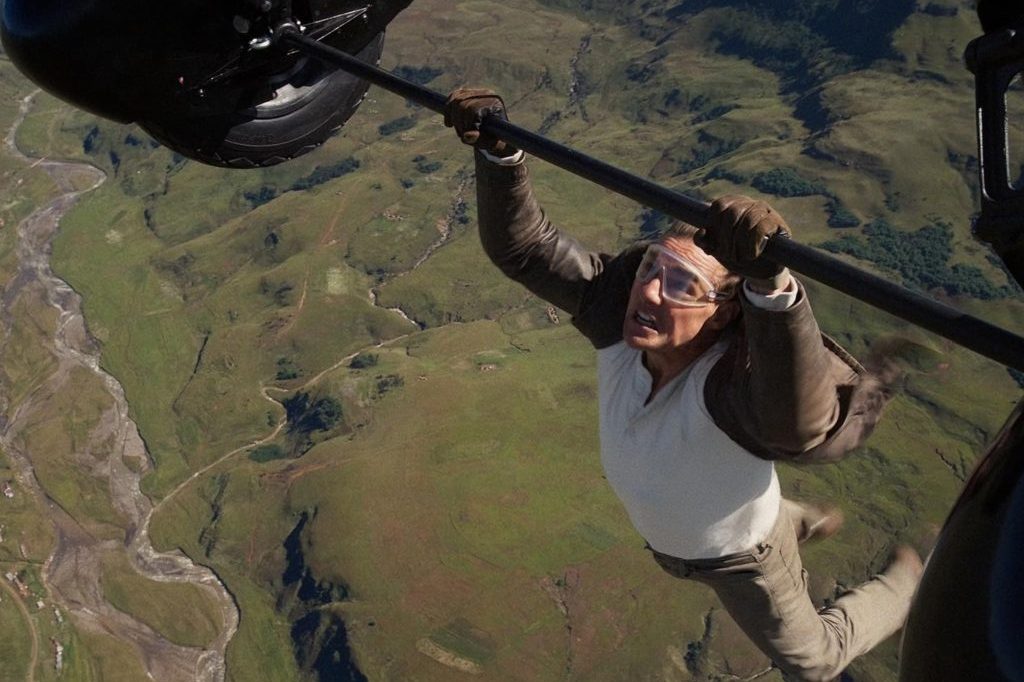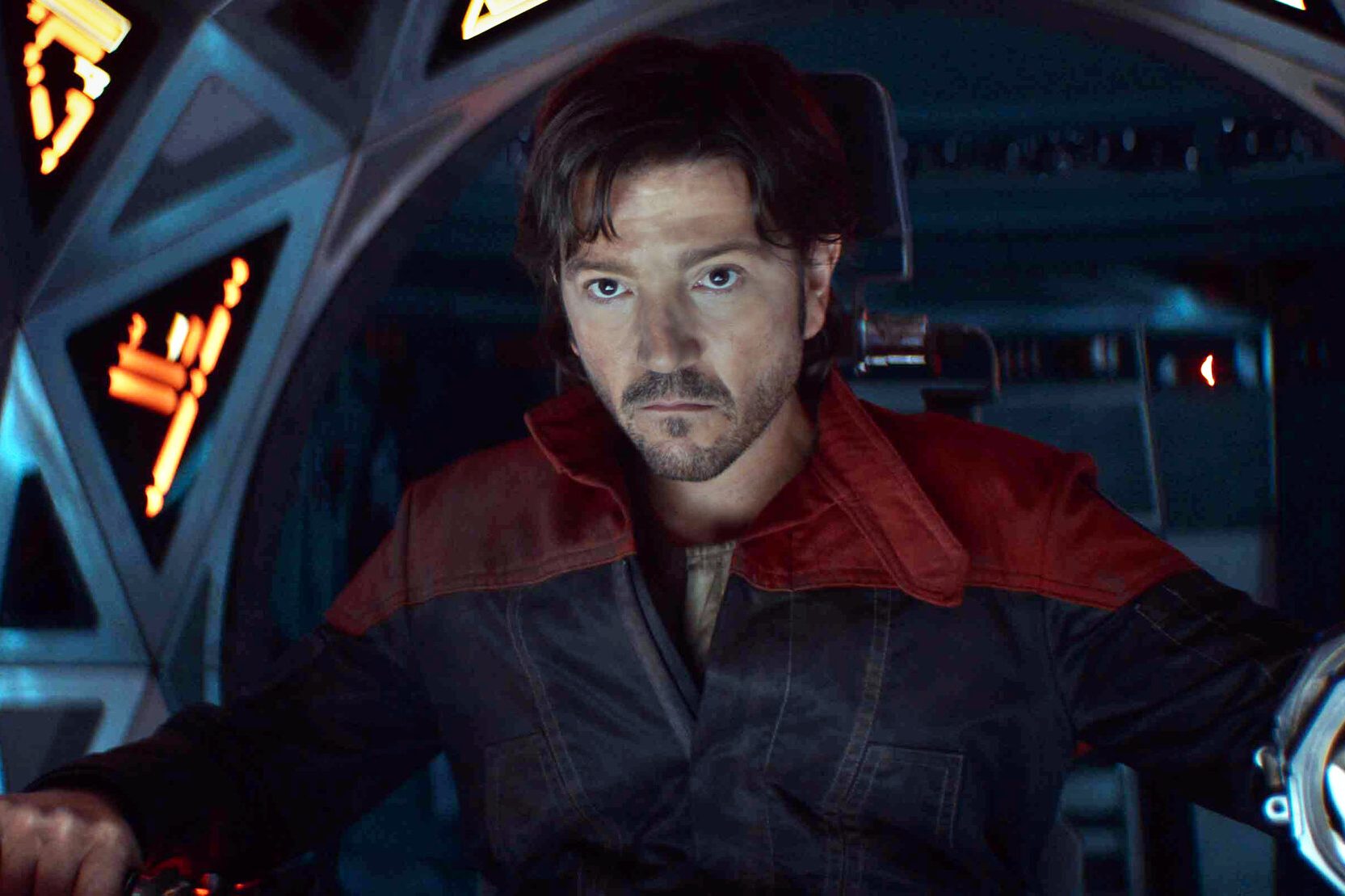The complaints about the Marvel Cinematic Universe are by now widely known. Their films follow predictable formulas and story beats. Characters become increasingly indistinguishable quip machines. The stakes are never high. The streaming content is overwhelmingly forgettable. Other than the death of Tony Stark onscreen and the sad passing of Chadwick Boseman offscreen, emotional moments are few and far between, as it’s hard to care about characters when everything can be reset with a bit of multiverse mumbo jumbo. And then there’s the problem of, well, as the Critical Drinker refers to it, THE MESSAGE. Expect a lot of that in the already twice-postponed production of The Marvels, girlbossing into theaters this winter.
With the notable exception of James Gunn’s more unique and bonkers Guardians trilogy, these complaints are largely correct. Avengers: Endgame really does look like the end — an eleven-year run of gigantic superhero movies beginning with Jon Favreau’s Iron Man that will never be matched. Now Gunn has moved on to save DC, Favreau has moved on to building his own Star Wars universe and Kevin Feige’s Phases 4 and 5 looks like an unmitigated series of disasters for Marvel.
In one corner of Marvel, these problems don’t exist — at Sony, where the animated Spider-Man: Into the Spider-Verse is the best depiction of the superhero put to screen since Sam Raimi’s Spider-Man 2. And on its surface, you would think it would have all the problems found in the MCU — the elimination of stakes and emotion in a multiverse story format, the diverse cast of characters tending toward woke virtue-signaling, the already quippy nature of Spider-Man deflating any real fears, and of course the fact that there’s already a very successful Spider-Man franchise currently running featuring a very nice kid from Wimbledon. (Tom Holland is so unceasingly polite, he even offers that Into the Spider-Verse is his favorite, not one of his own movies, which seems like something Peter Parker would do.) So the question is: how much Spider-Man could you want?
Well, it turns out, a lot more. So many Spider-Men you can’t even count them. At a key moment in the new sequel, Spider-Man: Across the Spider-Verse, Miles Morales races desperately across the Nueva York headquarters of the Spider-Society — Rick and Morty fans will make the obvious comparison to the Citadel of the Council of Ricks — there is such a cacophony of Spider-People variants that you will want to freeze-frame to appreciate the arachnid-bedecked hilarity. When the gigantic Spider-Rex hurls himself across the screen, you might say “that can’t possibly be from the comics.” Oh but it is — after Pter Ptarker got hit by a meteorite filled with alien spiders, he too had to learn the lesson of responsibility. Spider-Man always does. In a scene already featured in the trailer, one Spidey on a couch says “I looked at my uncle and…” to a Spidey-therapist, who interrupts: “Let me guess: he died?”
The jokes are still there, visual and otherwise, and the first act seems both light-hearted and a continuation of the tone from the prior film. But this is a darker sequel with, by the end, much higher stakes. For having the longest run-time of any Western animated film, the action ensures that it rarely drags, thanks to the epic amount of characters, voices, locations, cameos and easter eggs that fill its sweeping plot. When it does, it’s usually scenes with Miles’s family, who communicated more emotions in fewer scenes the first time around.
What shines above all else here is the incredible artistic style. If the first Spider-Verse film boasted a large and talented cast, it was still geographically confined to Miles Morales’s Brooklyn — the alternate animation styles used for characters stood out within that consistent background. With this sequel, the Phil Lord and Christopher Miller creative team, along with a set of new co-directors with strong animation backgrounds, decided to go absolutely wild. The Ben-Day dots and frame-rate games are taken to eleven, and the distinct artistic styles used across the dimensions is at times astoundingly beautiful. The Spider-Gwen universe stands out in particular for taking you from flashy over the top action to a quiet space, with a shifting watercolor pastel driven by the emotions of the scene.
More than one reviewer has compared Across the Spider-Verse to The Empire Strikes Back, and it’s a fair connection — you wonder what Lord and Miller would have delivered if they’d been allowed to finish Solo instead of being booted by Kathleen Kennedy — but with a notable exception. Empire ends with Luke and his friends having experienced loss, physically and emotionally — while this film ends effectively with Miles still stuck in the cave on Dagobah. The loss lingers at the end as yet to come, and for as much as Morales and his friends will try to prevent it, some things about Spider-Man, even within the narrative device of a multiverse, are inevitable.
Fans will have to wait until March of next year for that. For now, they can appreciate a superhero film which shows what is possible when you get out of the tired strictures of the MCU and stretch the limits of comic art. It’s a sight to see.



